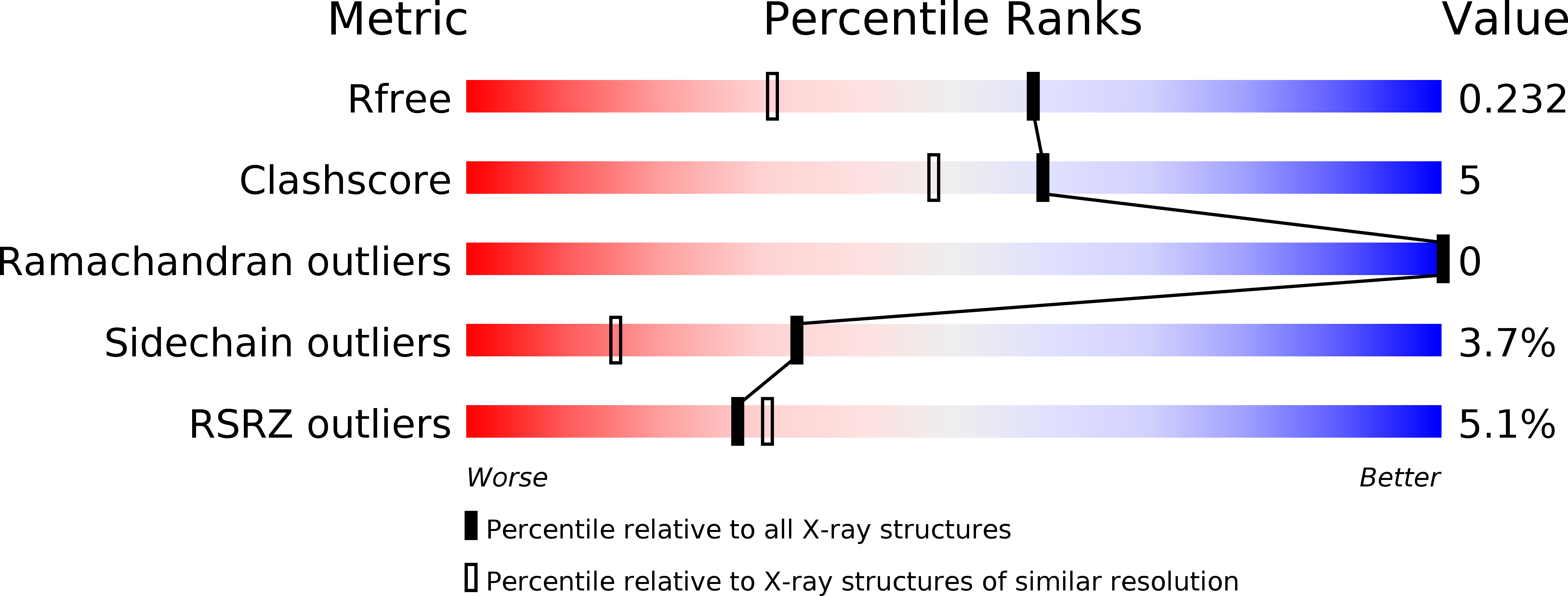
Deposition Date
2010-04-09
Release Date
2010-08-11
Last Version Date
2024-11-27
Method Details:
Experimental Method:
Resolution:
1.70 Å
R-Value Free:
0.22
R-Value Work:
0.19
Space Group:
P 21 21 21


